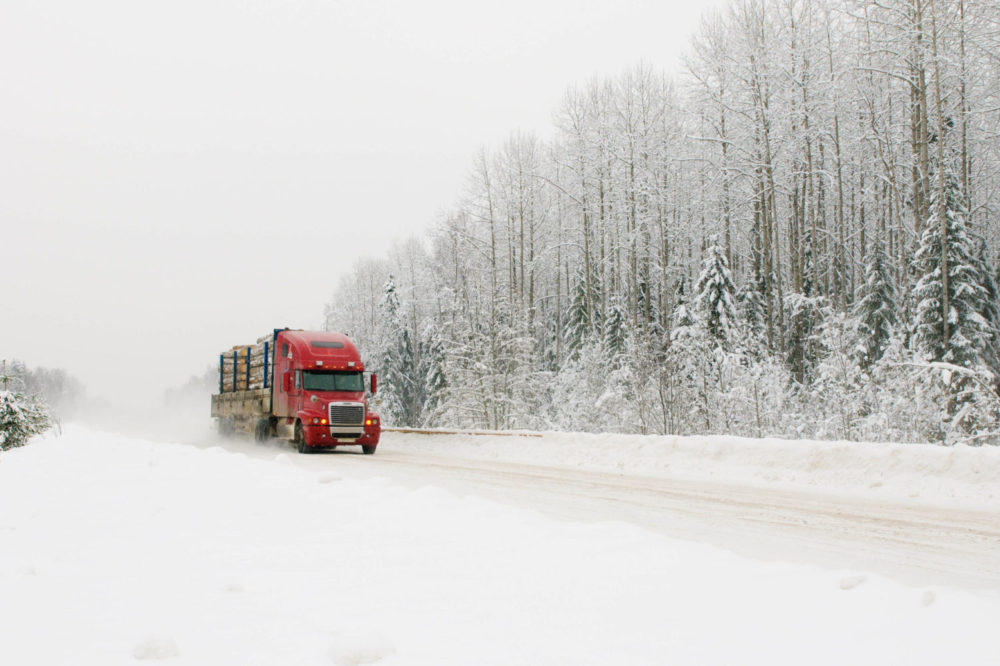Thanks to navigation systems, truckers can find their way around new areas pretty easily. But what about when the terrain and weather gives them trouble? Experienced drivers know that the terrain they drive through may impact their journey and safety.
For instance, truckers who drive in the mountains know there will be hard climbs and steep downhill grades. Difficult terrain will test a driver’s skill and the truck’s ability to stop and slow down. However, grades and steep hills aren’t the only danger drivers have to face.
The weather in the mountains change with the altitude. As you begin driving up the mountainous route, visibility is usually reduced. It doesn’t end here as temperature also plays a crucial role when you drive across difficult terrains. If you’re an experienced driver, you know that rain at the bottom turns to snow at the top. In these weather conditions, the roads can become slippery from the ice and rain.
If you’re a truck driver, here’s how to navigate through difficult terrain and weather.
Navigating through Difficult Terrain and Weather
Weather and terrain are not the only things you need to be mindful of when driving a mountainous route. In fact, driving in the mountains impacts the distance you travel. Many truckers have the same complaint that the trip miles don’t match their dispatched miles.
There’s not many straight lines up in the mountains. Most of these routes consist of switchbacks and curves, including valleys and hills. Experienced truck drivers are familiar with these routes and expect extra driving time due to the terrain.
Trips on the Plains
Mountain roads are not the only difficult terrain for truckers. Other terrain types, such as the plains, can also make navigating the route a challenge. Strong winds are powerful enough to knock empty trucks off the road. Moreover, straight, long stretches can even cause fatigue and boredom.
Even the sunlight can make driving a flat terrain a problem. Snow in the fields can reflect the sun rays and reduce visibility.
How to Prepare for Difficult Terrain and Weather
Here are some tips for doing that;
- Keep the fuel tank topped off to avoid water condensation.
- Ensure that there’s enough fuel to keep the heater and engine running.
- Keep a bottle of fuel treatment in the rig with some spare fuel filters.
- Prepare yourself for any type of weather with things like a heavy jacket, durable shoes, a warm hat, and gloves.
- Have enough food and water with you to last for at least 2 to 3 days.
- Keep emergency contact numbers to inform your authorities immediately if anything happens to you or the vehicle.
Summing Up
All in all, drivers need to make sure they’re well-prepared to navigate through difficult terrain and weather. Thus, the given tips can help you make driving through rough routes easier and less dangerous.
Link


